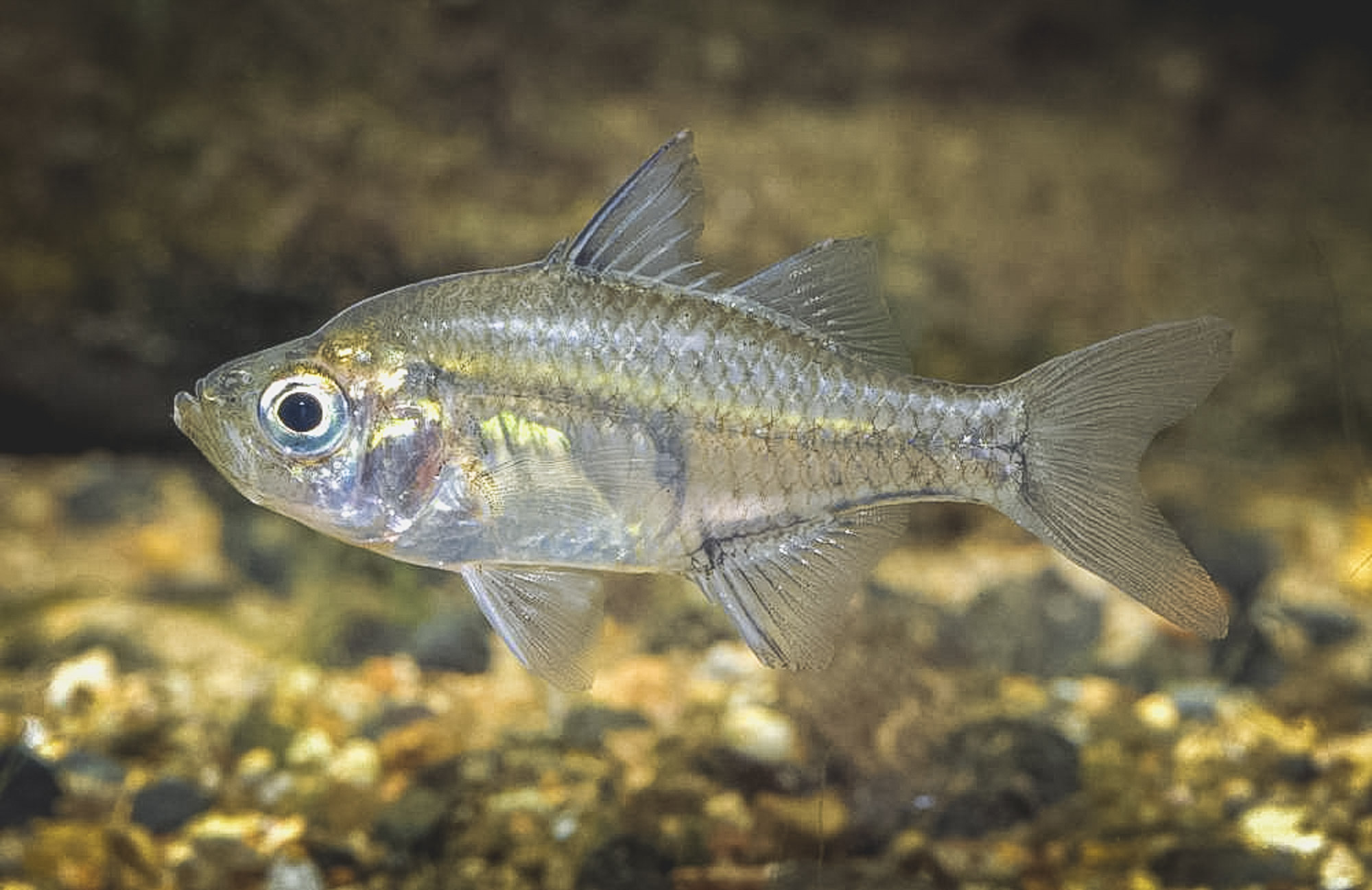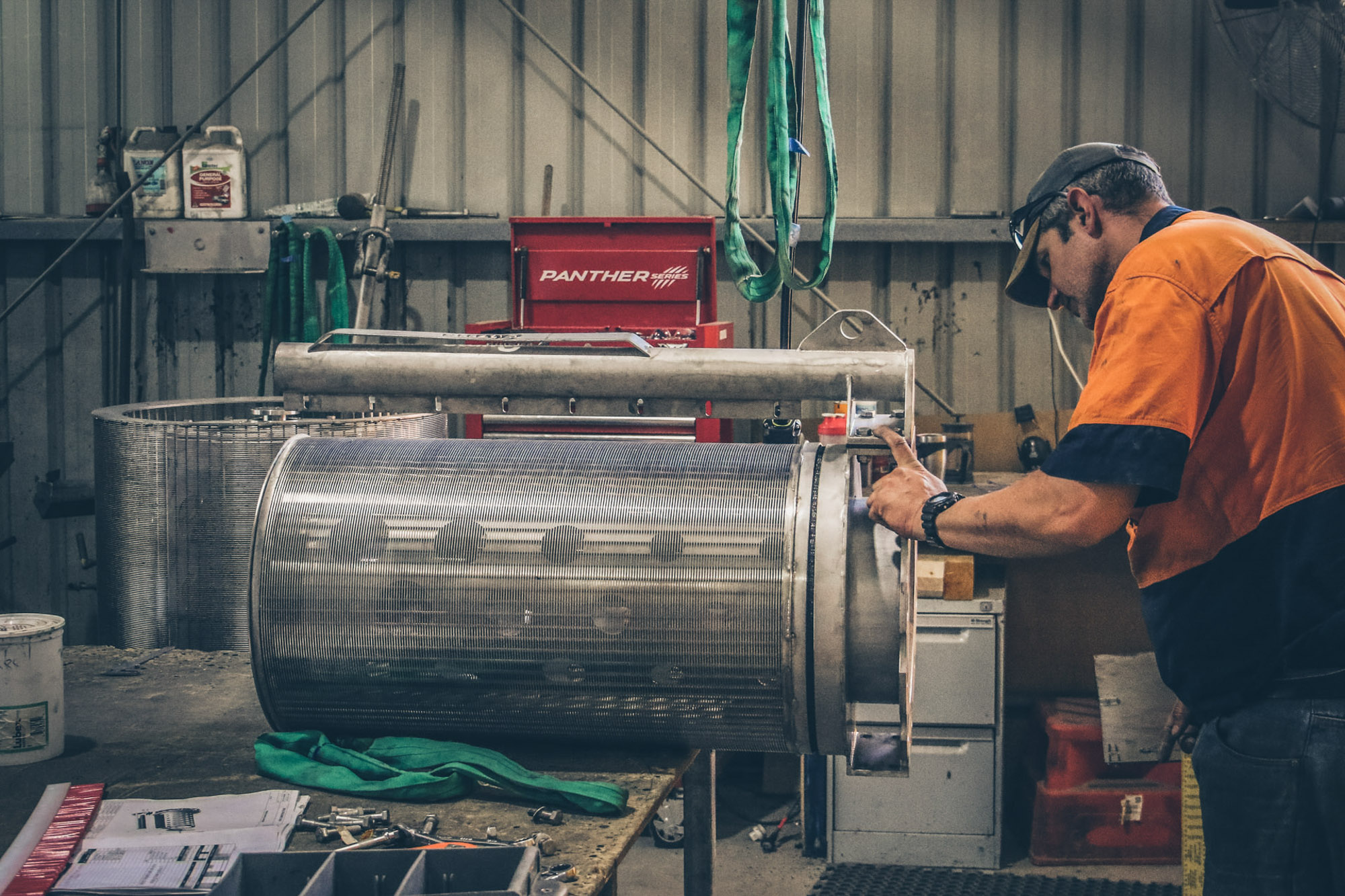New fish screening technologies have the potential to save millions of native fish while protecting river biodiversity and productivity.
Australia’s river systems provide essential water for homes, industry and agriculture. However, native fish find it difficult to swim against the forces of the pumps and channels that divert water to these end points impacting millions of fish, with many of these being endangered or threatened species, every year.
A new FRDC-funded research project (2022-003) is refining fish screening technologies for pumps and gravity-fed irrigation channels and establish the costs and benefits of screen installations. The goal is to support water users in the adoption of this new best practice for water access.
Dr Craig Boys, a leading fish ecologist, at the NSW Department of Primary Industries and Regional Development (NSW DPI), heads this transformative project. He points out that while the US, UK and New Zealand have been using fish screening technology for years, Australia has ensured screens are tailored to meet our unique river conditions, water operations and native fish species needs.

How modern screens are protecting our fish
Farmers have traditionally used ‘trash racks’ on their pumps, in a bid to keep debris out of their water delivery systems and reduce damage, blockages and backflushing. However, the mesh on these trash racks is too large to exclude native fish, particularly juveniles. Modern fish screens distribute water intake force over a vast surface area, allowing fish to swim along the surface of the screen instead of being sucked into the pumps while drawing the same amount of water.
These screens have a finer mesh, anywhere from 3mm to less than 1mm, which effectively excludes both fish and debris.
There are several shapes and designs, including cones and cylinders, suited to different locations and pumps.
Craig says the project team is collaborating with water users to co-design the screens, ensuring they work for both fish and farmers. Features like removable screens and automated cleaning mechanisms will further enhance their appeal.
“We also incorporate automated cleaning mechanisms into the screens, which can operate daily to remove biofouling that reduces the efficiency of screens and pumps over time.”
Benefits unveiled
Since 2020, these fish screens have been installed at 25 sites across the Murray–Darling Basin.
The results? Farmers reported cleaner water, reduced clogging of irrigation infrastructure, reduced maintenance of pumps and pipes and significant savings on labour and electricity bills.
In a three-year collaboration with the Cotton Research and Development Corporation (CRDC), this FRDC project aims to evaluate the economic benefits of these modern screens. While Dr Craig Boys and his team focus on assessing their impact on native fish populations, the CRDC examines the benefits experienced by farmers, such as improved water quality and reduced maintenance costs.
Early results indicate screens protect an average of 3.5 native fish per megalitre of water. The Trangie-Nevertire Irrigation Scheme pumps 800 megalitres of water a year from the Macquarie River and has now installed fish screens on all its water offtakes, estimated to protect more than 250,000 native fish a year.
“This will amount to between 50 and 70 per cent of regulated flow in the Macquarie River screened by 2026,” says Craig.
“But we need to be able to translate that into how many more fish that is in the river each year replenishing native fish stocks, and the flow on benefits to farmers, the environment and to recreational fishing.
“We’ll be monitoring four sites to benchmark fish populations before and after screens are installed,” Craig says.

Looking ahead to restore ecosystems
FRDC Senior Research Portfolio Manager, Dr Chris Izzo, suggests the screens may provide efficiencies for water users and for river operators, including management of environmental flows.
“There’s little point generating flows to encourage fish breeding if the fish just end up being taken out of the rivers by pumps,” says Chris.
“We’ve jointly funded this project with the CRDC to make the most of a collective effort to restore aquatic ecosystems in a way that supports the productivity and profitability of irrigated agriculture.”
Details of the technology and case studies of screens installed are available at www.fishscreens.org.au
Related FRDC Project
2022-003: ‘Evaluating the economic and environmental return on investment of modern fish screens’.





